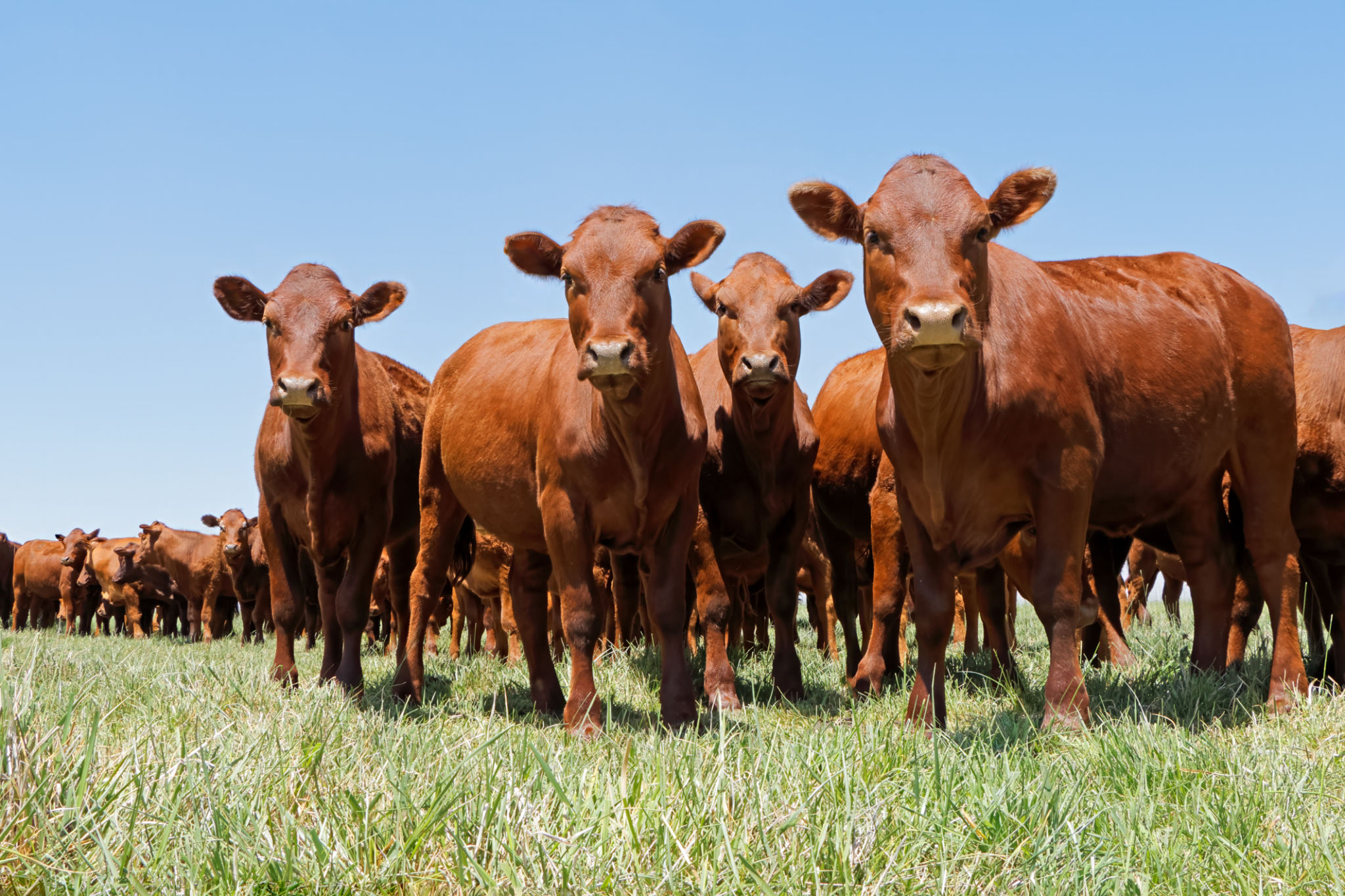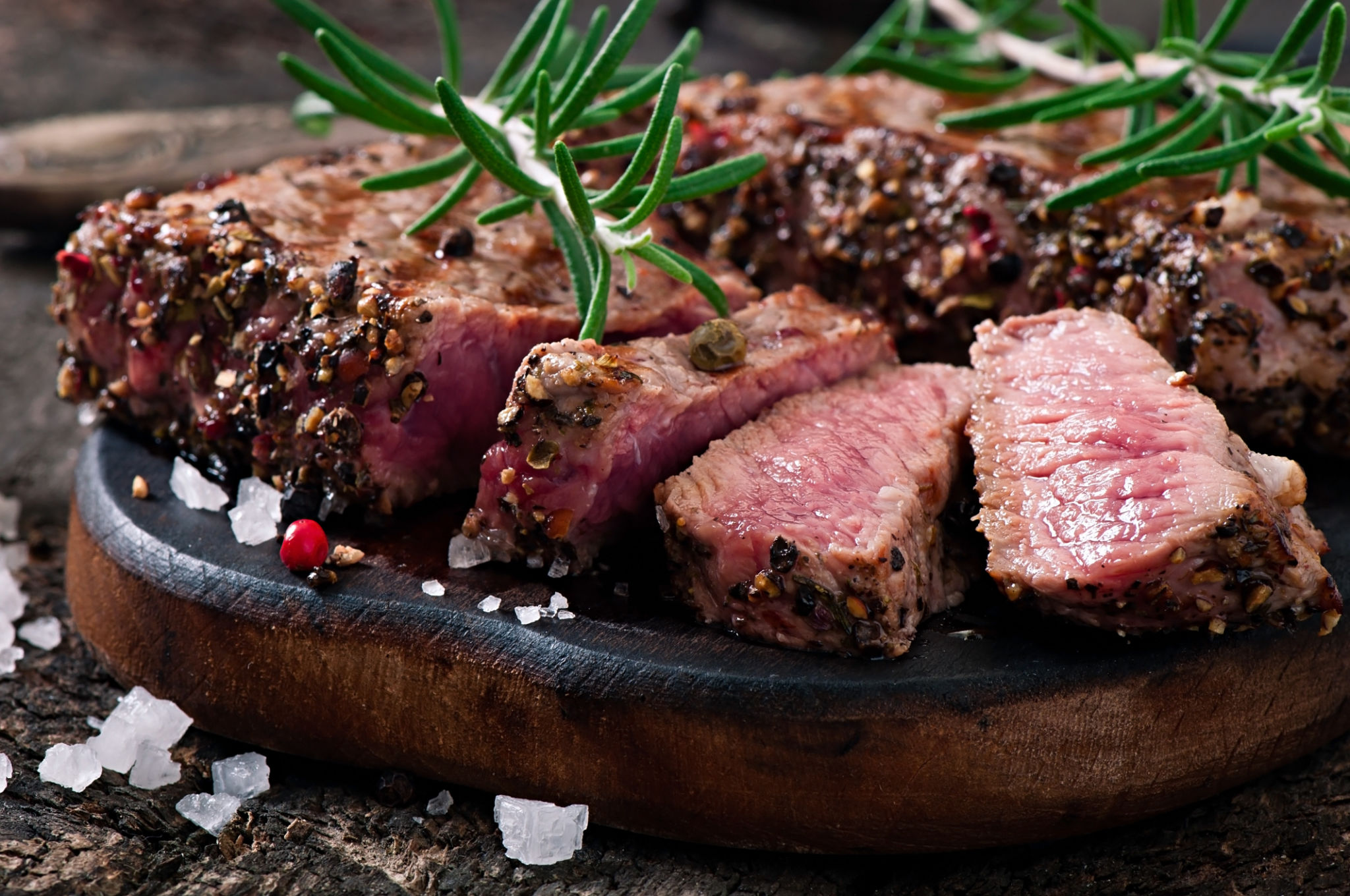Why U.S. Grass-Fed Beef is Gaining Popularity in Asia
The Rise of U.S. Grass-Fed Beef in Asia
In recent years, U.S. grass-fed beef has been making significant inroads into the Asian market. This shift in consumer preference is driven by a variety of factors that align with the evolving tastes and health-conscious mindset of Asian consumers. As more people become interested in understanding what they put on their plates, the demand for high-quality, sustainable options like grass-fed beef is on the rise.

Health Benefits Driving Demand
One of the primary reasons for the growing popularity of U.S. grass-fed beef in Asia is its associated health benefits. Grass-fed beef is known to be lower in calories and fat compared to grain-fed beef. It also contains higher levels of essential nutrients such as omega-3 fatty acids, vitamin E, and antioxidants. These attributes make it an attractive choice for health-conscious consumers who are actively seeking ways to improve their diet.
Moreover, grass-fed beef is often perceived as a more natural product. The cattle are raised on pasture, which aligns with the traditional and organic farming methods preferred by many Asian cultures. This natural approach not only enhances the nutritional profile of the beef but also appeals to consumers who prioritize sustainable and environmentally friendly food production practices.
Quality and Taste Matter
U.S. grass-fed beef is also gaining traction in Asia due to its superior quality and taste. The meat is tender, flavorful, and often described as having a richer, more complex taste profile compared to conventional beef. This quality is a result of the cattle's diet and living conditions, which allow them to grow at a natural pace without the use of synthetic growth hormones or antibiotics.

The emphasis on quality is particularly important in Asian cuisines, where the texture and flavor of meat can greatly influence the overall dining experience. Chefs and home cooks alike appreciate the unique characteristics of grass-fed beef, which can elevate traditional dishes and introduce new flavor dimensions.
Expanding Market Opportunities
The increasing demand for U.S. grass-fed beef in Asia represents a significant market opportunity for American producers. With rising disposable incomes and growing awareness about health and nutrition, Asian consumers are willing to pay a premium for high-quality meat products. This trend is evident in major markets such as China, Japan, and South Korea, where import volumes have surged in recent years.

To capitalize on this trend, U.S. exporters are investing in marketing strategies that highlight the benefits of grass-fed beef. Collaborations with local retailers and food service providers help to educate consumers about the product's unique qualities and applications in various culinary styles.
Challenges and Considerations
Despite its growing popularity, there are challenges associated with exporting U.S. grass-fed beef to Asia. Regulatory hurdles, such as import restrictions and labeling requirements, can pose obstacles for producers looking to enter the market. Additionally, logistical considerations like transportation costs and supply chain management need to be addressed to ensure a steady supply of fresh product.
Nevertheless, these challenges are being met with innovative solutions and strategic partnerships, helping to pave the way for continued growth in this burgeoning market.
Conclusion: A Promising Future
The rise of U.S. grass-fed beef in Asia reflects a broader trend towards healthier, more sustainable food choices across the globe. As consumer preferences continue to evolve, the demand for premium meat products like grass-fed beef is expected to grow even further.
With its combination of health benefits, superior taste, and sustainable production practices, U.S. grass-fed beef is well-positioned to meet the needs of discerning Asian consumers eager to embrace quality and innovation in their culinary pursuits.
